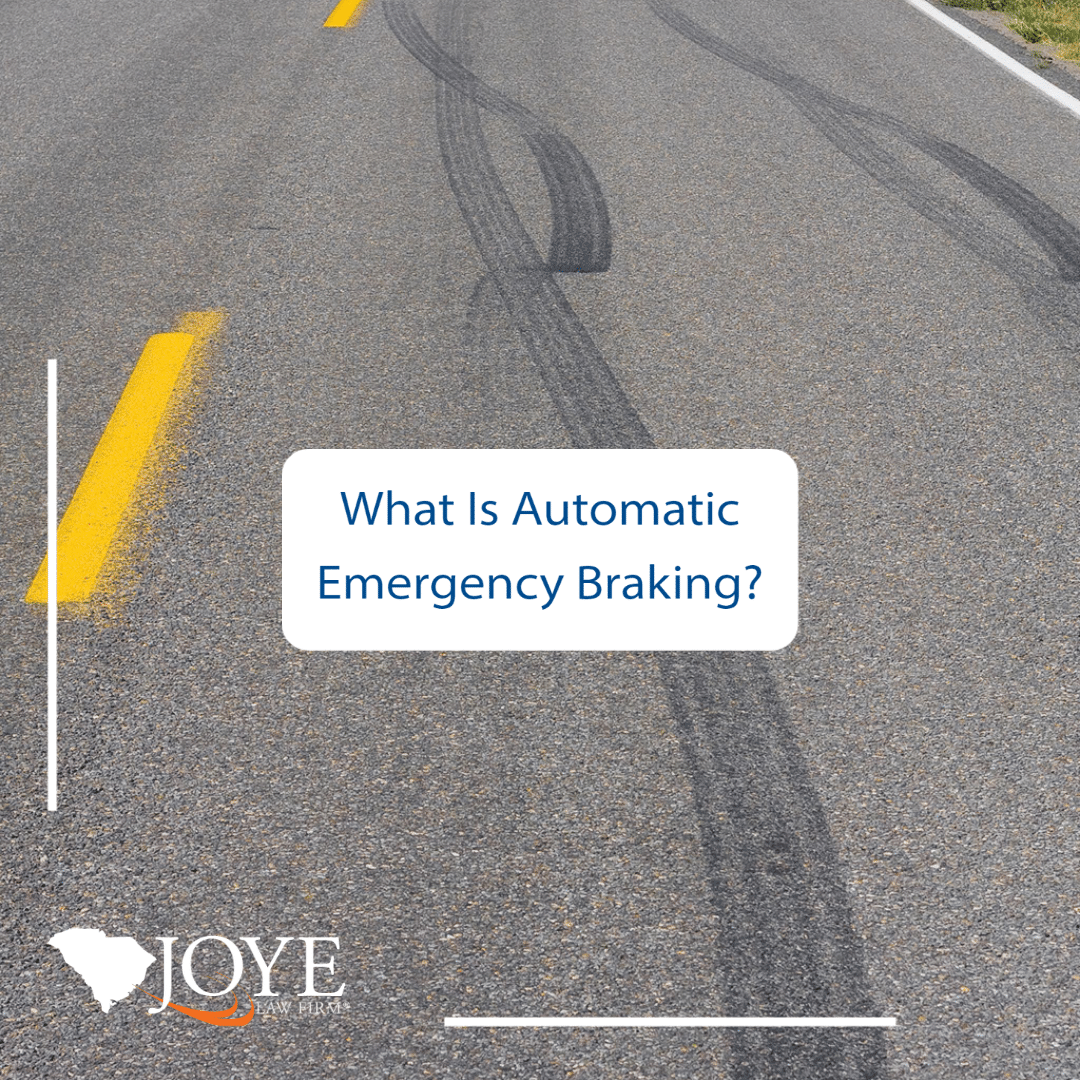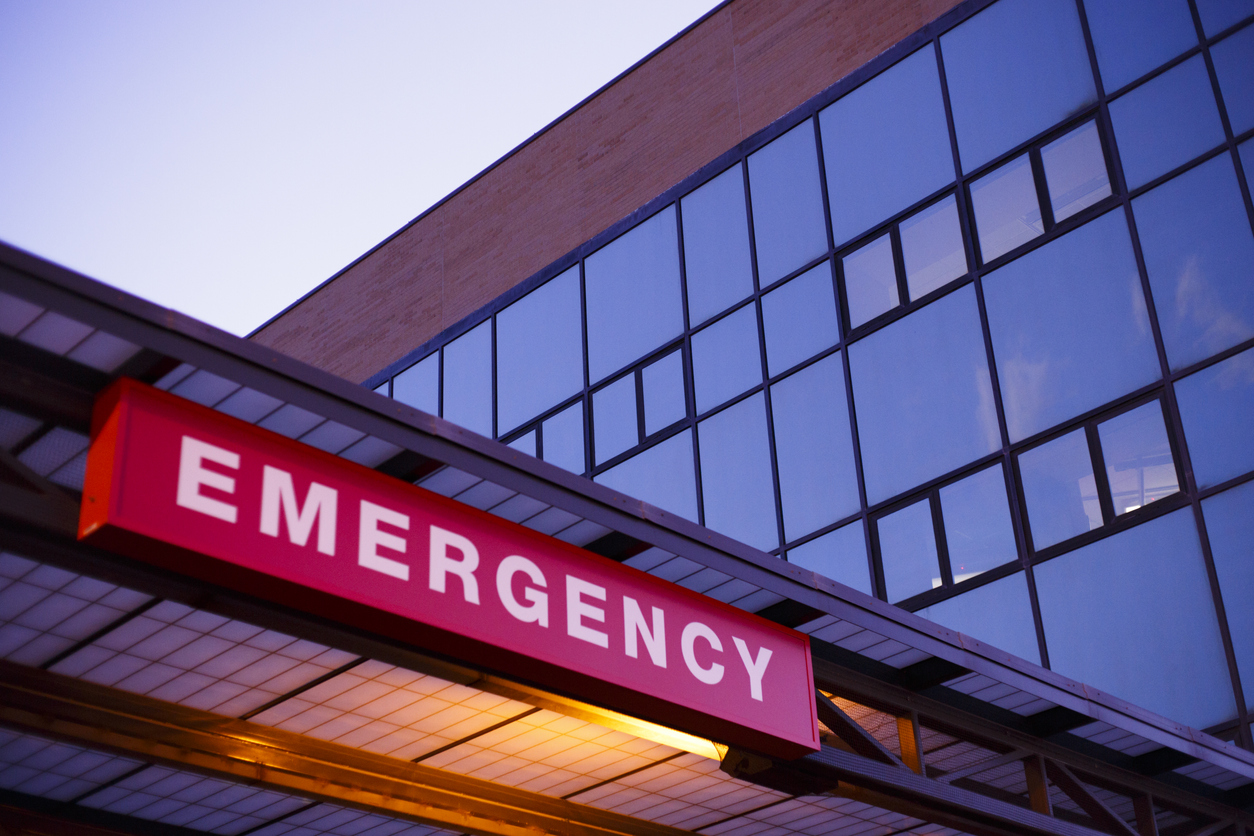
Automatic Emergency Braking Systems (AEB) are active safety features that use cameras or radar to measure the distance between a vehicle and objects in the road ahead. If the distance between the AEB equipped vehicle and another vehicle or object in front of it reduces rapidly, the system takes action and applies the vehicle’s brakes autonomously. Some systems feature a visual alert on the dashboard and a warning sound as well.
Drivers should understand that there are a wide variety of AEB systems that run from the relatively simple to the complex and should familiarize themselves with their vehicle’s braking capabilities. Some vehicles are equipped with both forward and rear monitoring as well as pedestrian and cyclist detection, and more advanced AEB systems can even detect smaller objects such as large animals on the road.
It’s also important to note that AEB differs from the Anti-Lock Braking System (ABS). Anti-lock brakes have been a standard safety feature for decades. It helps prevent the wheels from locking up during emergency braking. This automotive safety feature helps to maintain traction between the tires and the roadway by allowing a vehicle’s wheels to continue turning as the vehicle slows, preventing skids and allowing the driver to maintain steering control during a sudden stop. In contrast, AEB systems are automated, detecting potential collisions and automatically applying the brakes without driver intervention.
Automatic emergency braking is an increasingly common safety feature in American automobiles. Twenty major automakers signed a voluntary agreement with the National Highway Transit Safety Administration (NHTSA) that went into effect in September 2022, promising that nearly all new cars and SUVs sold in the United States will have the safety feature as standard equipment. Studies have shown that equipping vehicles with AEB systems dramatically decreases both the frequency of accidents and their severity.
Low and Full Speed Automatic Emergency Braking
When first introduced, AEB systems typically only worked at lower speeds of 30 miles per hour or less. One example of low-speed automatic braking was Mazda’s Smart City Brake Support, which only functioned while the vehicle was traveling below 18 miles per hour.
Such systems were primarily useful in places where there was a greater chance of low-speed collisions, such as cities, heavy traffic conditions, and parking lots. Within a few years, however, automakers began to introduce full-speed AEB systems capable of working at highway speeds. Mazda says the latest generation of its Smart Brake Support tech now functions at up to 90 miles per hour.
These systems operate somewhat differently at highway speeds than at lower speeds. In most higher-speed situations, the full-speed AEB will only slow the vehicle down before impact rather than completely stopping it.
Study Shows a Drop in Rear-End Crashes from Vehicles Equipped with Automatic Emergency Brakes
Rear-end crashes are one of the most common types of accidents, particularly in urban areas. A recent study has shown that vehicles equipped with Automatic Emergency Braking (AEB) systems and forward collision warnings can reduce the amount of these types of accidents by nearly half. The Partnership for Analytics Research in Traffic Safety studied 12 million crashes across 13 states and found that rear-end crashes were reduced by 49 percent when the approaching vehicles were equipped with automatic emergency braking and forward collision warning systems.
In a similar study, the Insurance Institute for Highway Safety (IIHS) found that the crash rate for pickup trucks equipped with the technology was 43 percent less than for those without it, while accident-related injuries decreased by 42 percent.
Historically, automakers have been slow to add automatic emergency braking and other collision-avoidance technologies onto their trucks. The voluntary agreement with the NHTSA does not require pickups weighing more than 8,500 pounds to be fitted with AEB systems until 2025 and it includes no requirements for pickups weighing between 10,001 and 14,000 pounds. Still, automakers like Ford, Stellantis (which includes Chrysler), and Mercedes-Benz have committed to adding automatic emergency braking and forward collision alerts as standard equipment in their pickup trucks. BMW, Tesla, Toyota, and Volvo have already exceeded this threshold by including the technology in 90 percent of their vehicles.
Pros and Cons of Automatic Emergency Braking
Automatic Emergency Braking (AEB) systems are a safety feature that can help drivers avoid collisions and reduce the severity of those collisions that happen. Studies have consistently shown that AEB is one of the most effective collision-avoidance technologies on the market, significantly reducing the amount of front-to-rear collisions and accident-related injuries.
One of the advantages of an Automatic Emergency Braking (AEB) system is that it can respond quicker than a human driver can, saving lives in emergencies. Reverse automatic braking systems also significantly reduce collisions compared to vehicles equipped only with a reversing camera and parking sensors.
The system, however, is not without its disadvantages. For instance, there are situations where AEB can activate when it is not necessary, such as when the system detects shadows on the road or steep driveways. Weather conditions such as rain, fog, and snow can also negatively affect the performance of AEB. Furthermore, some drivers may become overly reliant on the technology, assuming that the vehicle will notify them of when they need to brake, and they may fail to pay adequate attention to the road as a result. These systems can also be quite expensive, which may contribute to rising vehicle costs.
Call Our Professional Car Accident Attorneys
As valuable as Automatic Emergency Braking (AEB) systems can be for their role in reducing the frequency and severity of collisions, the technology has not advanced to the point where it can prevent accidents entirely. If you were in a car accident caused by another driver, you may have a right to demand compensation for your medical bills and other accident-related losses. Let Joye Law Firm help you in your time of need.
Our South Carolina personal injury law firm has been serving injured people for more than 55 years. Our attorneys have extensive experience helping accident victims pursue the just compensation that they deserve. We represent clients in a variety of practice areas, including car accidents, nursing home abuse, workers’ compensation, and wrongful death. Our track record of success speaks for itself. Furthermore, we have an AV rating in the prestigious Martindale-Hubbell legal directory.
Our personal injury attorneys at Joye Law Firm can investigate the cause of your collision and demand that the liable parties compensate you accordingly. Call us today at 888-324-3100 or complete our online form for a free initial case evaluation with a South Carolina car accident lawyer.







































